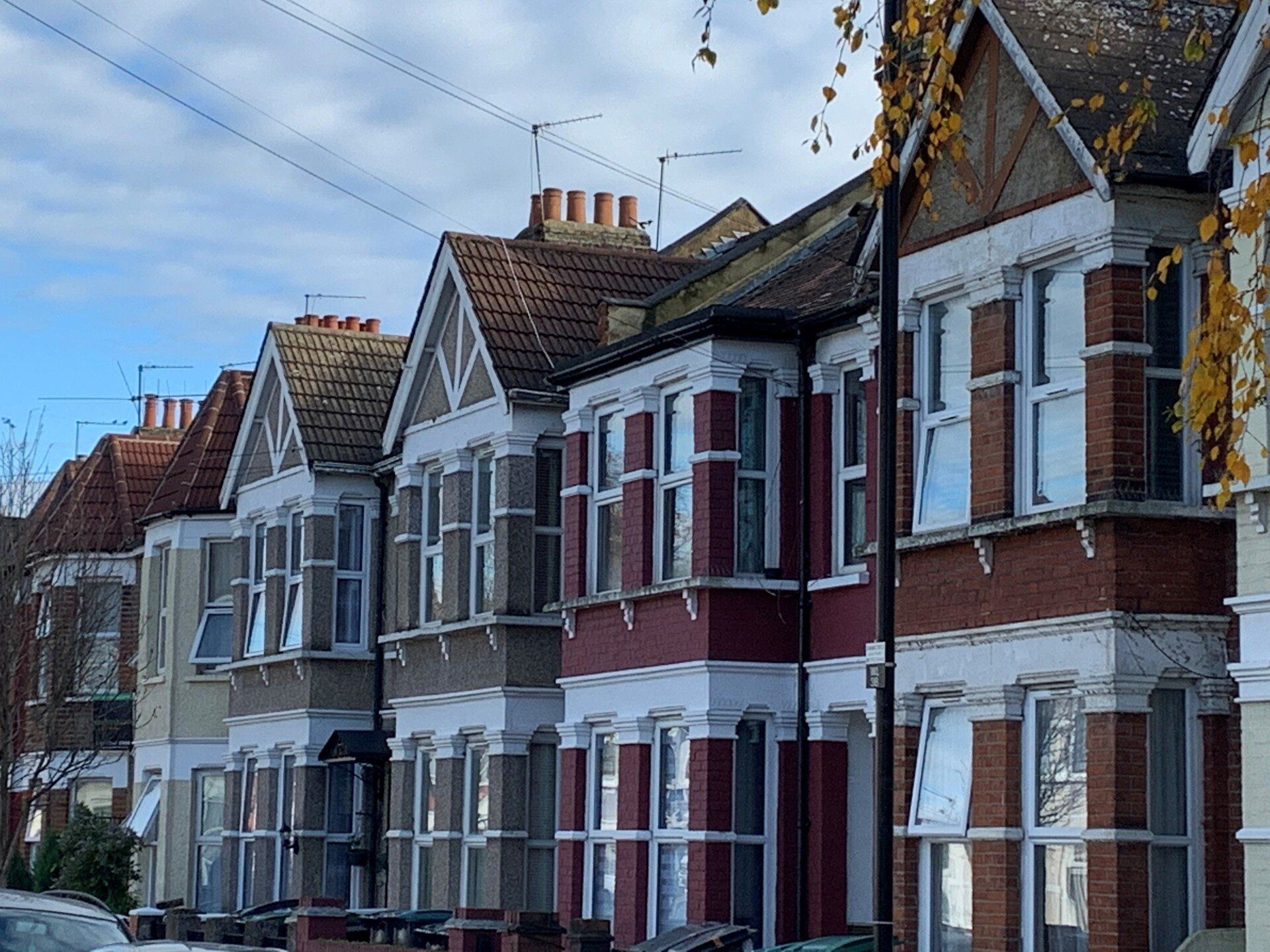Understanding the Rights of Entry Under the Party Wall Act 1996

The Party Wall etc. Act 1996 plays a critical role in regulating construction works that affect shared property boundaries in England and Wales. Whether you’re planning to build an extension, repair a shared wall, or undertake excavation near a neighbour’s structure, the Act ensures all parties are protected and informed. Among its many provisions, Rights of Entry is a key element that often causes confusion.
In this blog, we explore the Rights of Entry in depth-what they mean, when they apply, and what safeguards exist to prevent misuse or disputes.
What Is the Right of Entry?
Under Section 8 of the Party Wall Act 1996, a building owner (or their contractors and agents) may enter a neighbour’s land or property to carry out works that are lawful under the Act. This right is not unlimited—it comes with conditions, restrictions, and responsibilities to ensure that adjoining owners are not subjected to unnecessary disruption or damage.
When Does the Right of Entry Apply?
Rights of entry typically apply in the following situations:
Construction on the Party Wall
If a party wall needs to be raised, thickened, repaired, or demolished and rebuilt, access to the adjoining owner’s side of the wall may be necessary.
Excavation Works
If digging within 3 to 6 metres of a neighbouring structure, you may require entry for inspection or protective measures.
Support of Adjacent Structures
Temporary support may need to be installed on a neighbour’s property during works like loft conversions or basement digs.
Scaffolding and Equipment Installation
For example, scaffolding might need to be placed on the adjoining owner’s land to safely access the works area.
Key Conditions of Entry
The Party Wall Act sets strict conditions to protect the adjoining owner's rights. These include:
1. Notice Requirement
You must give at least 14 days’ written notice before entry, except in an emergency. This notice should:
- Clearly state the reason for entry
- Indicate the proposed date and time
- Include the details of the workers or contractors
Emergency Access Exception: In case of sudden wall collapse or urgent safety risks, immediate entry may be allowed without notice.
2. Timing and Duration
- Access must be granted during reasonable working hours (typically 8 AM to 6 PM on weekdays).
- Entry should last only as long as necessary to complete the tasks.
3. Minimal Disruption
Building owners must ensure that their activities cause the least amount of inconvenience to the adjoining owner. This includes:
- Protecting landscaping, driveways, and personal property
- Ensuring dust and noise are kept to a minimum
- Using safe access paths
What Happens If Access Is Denied?
Sometimes, adjoining owners may be reluctant or outright refuse access. This may be due to privacy concerns, misunderstanding, or disputes. In such cases:
Step 1: Party Wall Surveyor Intervention
If a surveyor is appointed under the Act, they can:
- Confirm the right of entry
- Establish agreed methods and timing
- Include entry provisions in the party wall award
Step 2: Legal Enforcement
If an adjoining owner continues to deny lawful access, the building owner can apply to the County Court for an injunction or court order enforcing the right.
Note: It’s always better to resolve access issues amicably before resorting to legal steps.
Responsibilities of the Building Owner
With rights come responsibilities. Building owners must:
1. Make Good Any Damage
If entry causes damage to the adjoining owner’s property, you are legally obliged to repair it or compensate them appropriately.
2. Restore Land to Original State
After access, the property or land must be returned to its prior condition—whether it's turf, paving, or fencing.
3. Insurance and Safety
- Ensure your contractors are insured for third-party damage.
- Follow health and safety protocols to avoid accidents or liability.
What Role Do Surveyors Play?
Party wall surveyors act as impartial experts to ensure both sides are treated fairly. Regarding rights of entry, they can:
- Draft clear provisions in the party wall award
- Set access hours, methods, and conditions
- Mitigate disputes through mediation
- Assess damage claims if issues arise
Best Practices to Avoid Conflict
To make rights of entry smoother and conflict-free, consider these tips:
Communicate Early and Clearly
Speak to your neighbour before issuing notices. A polite discussion can prevent misunderstandings.
Document Everything
Keep copies of notices, photos of existing conditions, and written permissions if given.
Hire Experienced Professionals
Surveyors and contractors with party wall experience can avoid common pitfalls and legal trouble.
Respect Privacy
Where possible, avoid entering sensitive areas like gardens or driveways unless absolutely necessary.
Common Misconceptions About Rights of Entry
“I can enter any time since I gave notice.”
Wrong—access must still be reasonable and agreed upon or authorised by award/court.
“If they say no, I can't do the work.”
Not entirely true—you may seek court enforcement or rely on a party wall award.
“Entry means I can use their space for storage or parking.”
Absolutely not—entry is only for the specific work authorised under the Act.
Understanding the Rights of Entry under the Party Wall etc. Act 1996 is essential for both building owners and adjoining neighbours. While the Act grants access for lawful construction-related work, it also provides robust protections to ensure that rights are exercised fairly, respectfully, and responsibly.
When handled professionally—with clear communication, legal notice, and the guidance of surveyors—party wall access need not be a source of tension. Instead, it can pave the way for successful and neighbourly construction projects.
For friendly professional advice, contact us or call now and speak with a specialist Party Wall Surveyor.










